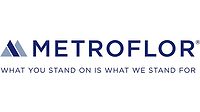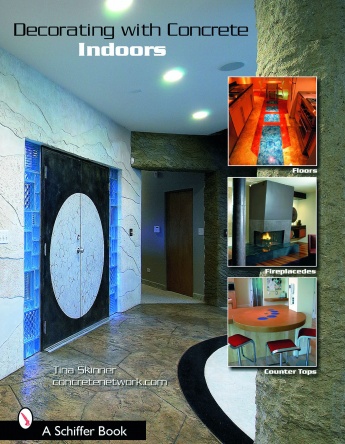Central Concrete Announces First Environmental Product Declarations

Central Concrete Supply, Inc., recently announced that it is the first ready mix supplier in the United States to offer Concrete EPDs (Environmental Product Declarations) and the first to receive external verification of the EPDs in accordance with ISO 14025 and ISO 21930.
Central Concrete also announced that they are the first U.S. company, in any industry, to produce EPDs at the individual product level. This is in contrast to EPDs that are developed for classes of products – an approach that diminishes the value of the EPD, because specific product performance characteristics are only matched to general environmental impacts within a category. Central's approach, based on innovations developed by Climate Earth, a provider of systems, data and services for sustainable management, allowed the National Ready Mix Concrete Association (NRMCA), acting as Program Operator, to verify more than 1,400 of Central's mix designs.
An EPD is a standardized (ISO 14025/TR) label designed to communicate the environmental impact of a product in a scientifically sound, streamlined and comparable format. EPDs include information on the environmental impact of the product, throughout its lifecycle. Often compared to a nutrition label, EPDs provide the facts and transparency needed to make informed decisions as they relate to such characteristics as global warming potential, ozone depletion and water use.
"We are pleased to be the first concrete supplier in the U.S. to publish externally verified EPDs," said Jeff Davis, vice president and general manager of Central Concrete. "Owners and developers on the west coast are demanding greener buildings. With C02 emissions of Portland cement being a major contributor to the nation's carbon footprint, we recognize the importance of making the environmental impact of our products both visible and comparable. Environmental measures are increasingly becoming key performance indicators, just as compressive strength of concrete is today."
"Not only is Central Concrete the first ready mix supplier to adopt fully verified EPDs, but they are the first company in the United States to produce an EPD for every product, online, in real-time," noted Chris Erickson, president and CEO of Climate Earth, a provider of systems, data and services for sustainable management. "Overwhelmed by labeling multiple products, companies turn to batching products by categories and delivering EPDs for groups of products. We are honored to provide our customers with a systems-based approach that has opened this new path to EPD development – a timely approach, that delivers EPDs at the individual product level."
Origins and Path to EPDs for Concrete Mix Designs
The genesis of the Concrete EPD process began with the formation of the Carbon Leadership Forum, a broad alliance of researchers, associations and companies within the building industry dedicated to (1) bringing methods and data of life cycle assessment (LCA) to the design and construction practice and (2) devising standards that would account for and report carbon footprints of building products and systems.
Led by Kathrina Simonen, director of the Carbon Leadership Forum (CLF) and an Assistant Professor at the University of Washington's College of Built Environments, the alliance chose, as its first project, the development of Product Category Rules (PCRs) for concrete. This established clear rules to govern environmental reports for concrete mix designs, and therefore a path to LCA reporting and the process for EPD development and certification.
"The fact that Central has secured fully verified EPDs is a monumental step in realizing the Carbon Leadership Forum's goal," said Frances Yang, structural engineer, Arup, an independent firm of designers, engineers, and technical specialists, and CLF member. "Concrete EPDs provide transparent and trusted data that allows comparison of environmental performance alongside traditional performance measures such as compressive strength. This will allow designers, like us, to exercise our power to reduce the embodied impacts of structures."
"The advancement of PCRs and EPDs is one of the most significant areas of disclosure that we can envision for our industry", said Phil Williams, vice president, sustainability and technical systems, Webcor Builders. "We are looking forward to having a growing number of products and companies provide EPDs and recognize that not just green house gases, but also other metrics such as water intensities and chemicals are becoming key measures of quality for the built environment."
Looking for a reprint of this article?
From high-res PDFs to custom plaques, order your copy today!






